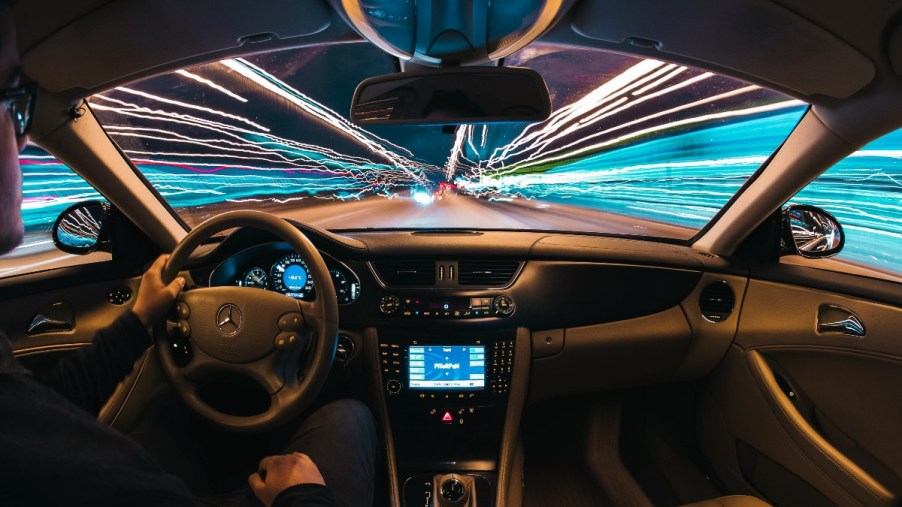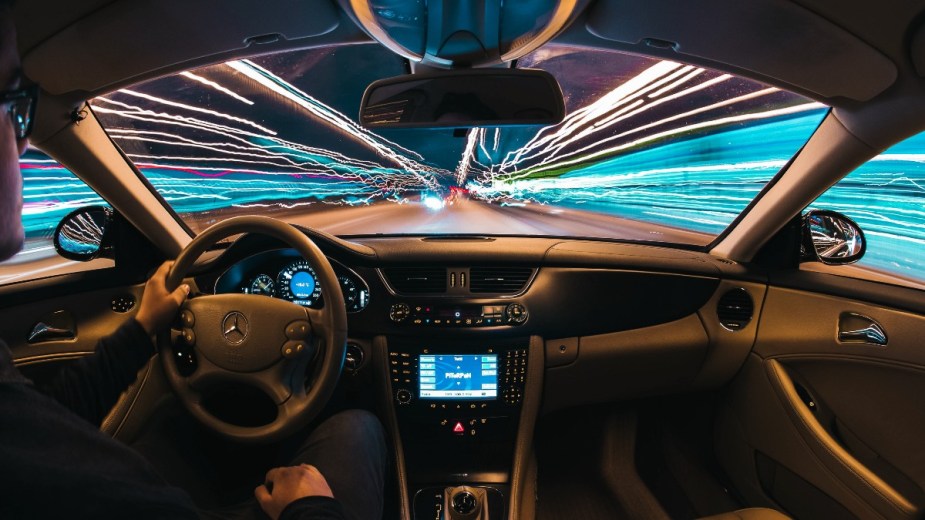
Why Are Cars Designed to Go Over the Speed Limit?
All states in America have a speed limit, which drivers must legally follow. With this in mind, why are cars designed to go over the speed limit? If it’s illegal to speed, then why can cars drive so fast? There are multiple reasons.
Cars can exceed the speed limit in emergency situations

In normal driving situations, it’s not necessary to drive over the speed limit. However, what about if you were in a remote area, and your friend had a heart attack, and there weren’t any nearby first responders to come to their aid? It would be necessary to speed to the closest hospital in order to save your friend’s life. The same goes for a woman that goes into labor.
There are plenty of emergency situations that one would be justified in driving over the speed limit. However, let’s be clear. Having to go pee is not an emergency situation. While some people use this excuse when getting pulled by a cop, it’s not a justification for speeding.
Faster cars enhance performance

Even if you don’t drive over the speed limit, it’s beneficial to design a faster car to enhance performance capabilities. By having a more powerful engine in a car, various performance elements will improve. When a top speed increases, it typically translates to a quicker acceleration time. A faster car also helps with driving dynamics, such as cornering abilities.
Automakers overengineer cars to improve reliability
Another reason why automakers design their cars to go over the speed limit is they overengineer them to improve reliability. By making a vehicle that can drive up to 120 mph, there’s less strain on the engine when it spends a lifetime of going 65 mph.
Cars that can go faster than the speed limit are safer and more fuel-efficient
Designing cars that can go over the speed limit is beneficial for safety and fuel economy — as it relates to the transmission. In order to create seamless shifts all the way up the transmission, it’s necessary to increase the top speed. Motor Hills details how “if a car had a top speed of 65 mph, your car would be redlining the entire time you’re on the highway.”
Also, a transmission designed to enable a faster speed reduces the amount of gas a car consumes. It takes a considerable amount of energy to turn a large gear. If a vehicle didn’t have as high of a speed capability, it wouldn’t be able to turn large gears as efficiently.
You can drive as fast as you want on a track
Some cars are designed to go fast for the people that want to drive them on a track. Many drivers of supercars such as the Lamborghini Huracán and the Bugatti Chiron rarely take them beyond residential streets. However, others take their supercars and sports cars to the track and push them to the limits of their performance capabilities.
Other countries have fewer restrictions for speeding
Some other countries have fewer restrictions for speeding. With this in mind, it makes sense to design cars that can go faster than what’s legally allowed in America. A notable example is the Autobahn, which is the highway system in Germany that doesn’t have a speed limit.
Whether it’s emergency situations, enhancing performance, overengineering for reliability, safety, fuel economy, track driving, and fewer speed limits in other countries, there are many reasons to design cars that can drive faster than the speed limit.
Correction: An earlier version listed Montana as an exception to the speed limit.


